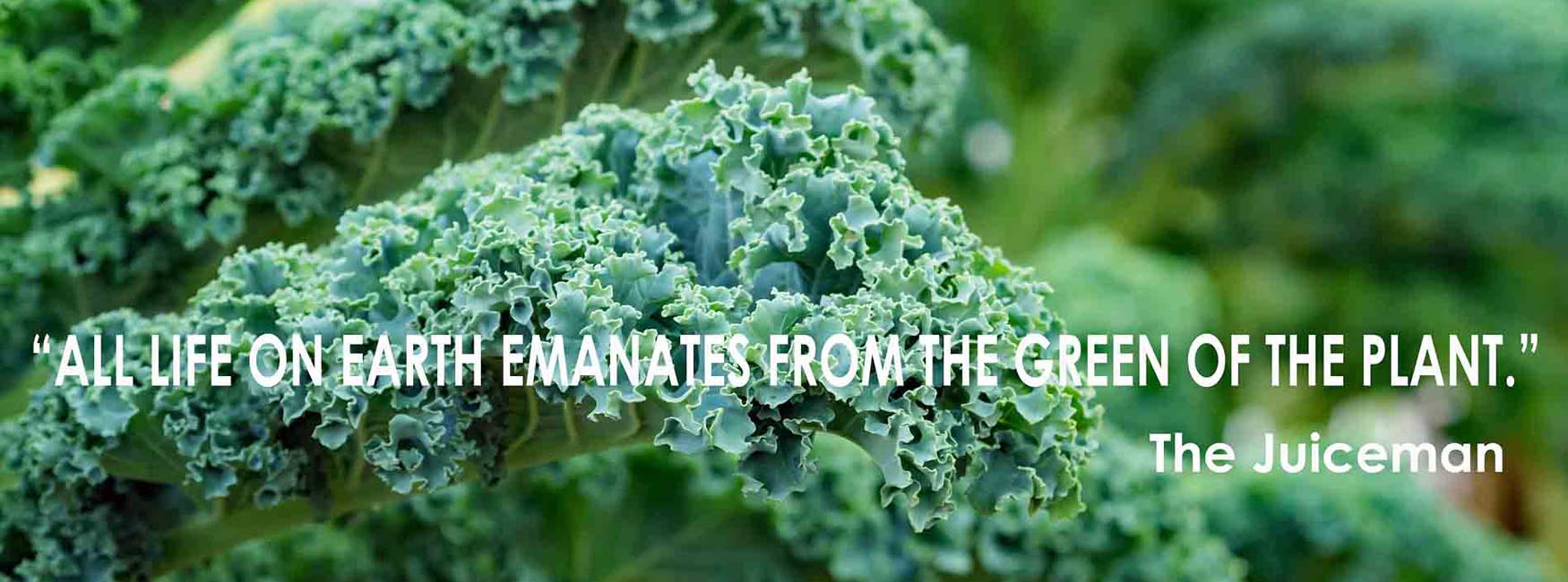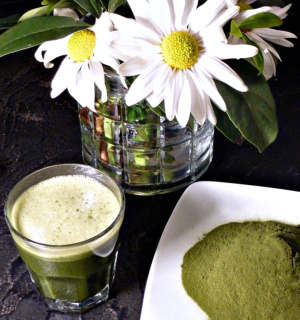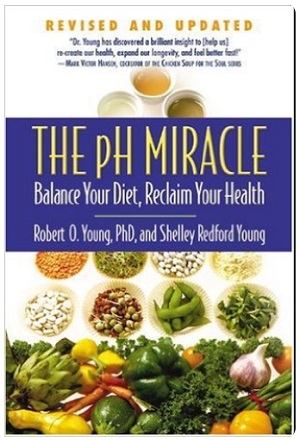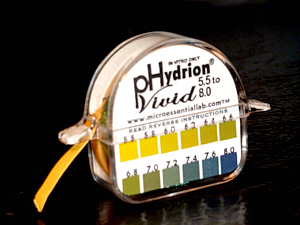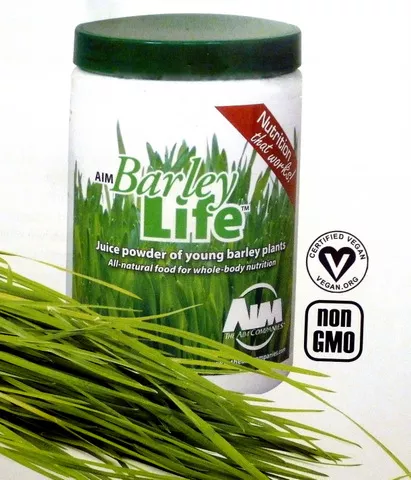Alkaline Foods Vs Acid Foods
Healthy diet plans are naturally heavily loaded with alkaline foods. Just how does one find out which foods are alkaline and which ones are acid? When you are looking for pH of foods it becomes a rather frustrating search. The many sources on the web and in print vary greatly in the values assigned to alkaline foods and acid foods.
The pH Miracle
Dr. Robert O. Young is a microbiologist that has pioneered the use of live and dried blood analysis to find any dysfunction in the body. His book "The pH Miracle revised and updated" explains the value and health benefits of keeping the body alkaline.
I think that Dr. Young's food pH numbers make the most sense of any that I have seen and I will use some of his numbers in our list of alkaline and acid foods.
Alkaline Foods
As you might suspect, most root, leaf, and cruciferous vegetables are alkaline (+) and leave a residue of alkaline ash after being assimilated in the body.
Three alkaline super foods are barley grass powder, soy sprouts and cucumbers which have alkaline values of over +28.
Grains, nuts, seeds and legumes, as you will see, have both alkaline (+) and acid (-) values.
One of the big areas of differences in other charts is in the values given to fruit. Most charts assign alkaline (+) values, but because of the amounts of sugars in the fruit, the charts that are represented here show that most fruit is acid forming.
Lemons and Limes
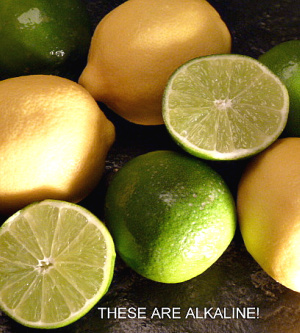
One of the interesting facts is that lemons and limes are alkaline forming. Although they are acid by nature, in the body they are alkaline forming because of their mineral content. This makes them ideal for salads and other meal items when you need an acid taste component. You will see in the list that vinegar is rated very acid at (-39) while lemon is alkaline at (+9).
Acid Foods
All animal products (including dairy) are the main culprits in the acid (-) side of the equation. Along with processed foods, sweeteners, condiments and beverages, this can make for a very acid diet...one we typically refer to as the Standard American Diet (SAD).
Many individuals that have attended our classes believed that they had solved the health issue by just eliminating red meat from their diet. They are shocked to find out that fish, chicken and eggs also have the large negative numbers assigned to acid foods.
Artificial Sweeteners
The number that was an eye opener to me was the artificial sweeteners. I knew that they were awfully toxic to your body, but never thought that they would be as high as (-26.5) on the acid side.
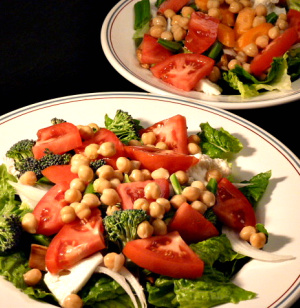 Be healthy...consume raw alkaline foods daily!
Be healthy...consume raw alkaline foods daily!In our Healthy Diet Plans section, all of the plans mentioned are considered alkaline.
The idea is to consume 70 - 80% of your daily calorie intake in alkaline (+) foods and the balance of 20 - 30% in acid (-) forming foods.
Consume as much in raw alkaline foods as possible. This will place you in the right side of the pH scale at some point. By eating raw plant foods the body doesn't have to work overtime to produce extra enzymes to assimilate the excess animal foods that most Americans consume.
Raw plant foods add enzymes and reduce the need of extra enzyme production by the body. Cooking eliminates all enzymes.
Remember, if your body pH is very acid, it will take time and effort to get you where you need to be. For most of us it has taken years of consuming the Standard American Diet (SAD) to get an unhealthy body.
Making the correction from eating mostly acid foods to eating mostly alkaline foods will not change your body pH overnight... but if you are committed to a lifestyle change you will ALWAYS get better.
The pH of Food
Our pH of Food list shows the alkaline (+) and acid (-) values for various foods. They are relative values and represent values found in one ounce of food. The main purpose of the list is to give you a working knowledge of the concept, and fix in your mind the extreme values of alkaline foods and acid foods.
At first, you may need to refer to the list to plan your meals. But you will soon get to know, without using the list, how to plan healthy meals for you and your family.
Measuring the pH
The simple pH test kit, that you can use at home whenever you want, will include a pH chart indicating how acid or alkaline your body is. This is an easy and practical way to test yourself.
Measuring the urine is a better indicator of pH than checking the saliva.
The urine pH should be slightly acid at 6.8 to 7.0. The best time to test the urine with the pH paper is first thing when you rise in the morning. This gives you a good indication of your body pH after you have slept the night without consuming food, and it is the best method to measure without blood testing.
You may want to test the saliva after meals just to see any trend. This will give you an idea of what effect the meal has made on your body pH...but remember that the urine testing is the best overall.
More about alkaline foods...
- Building Your Immune System - Foods that build your immune system are found in a healthy whole foods plant based diet.
- The pH of Food - to maintain a balanced pH in your blood and tissues, you should eat 70 - 80 percent alkaline foods and not more than 20 - 30 percent acid foods daily.
- Healthy Juice for Life - A powerful alkaline food.
- BarleyLife - is the most nutritional and super delicious green juice we have ever found on the market.
